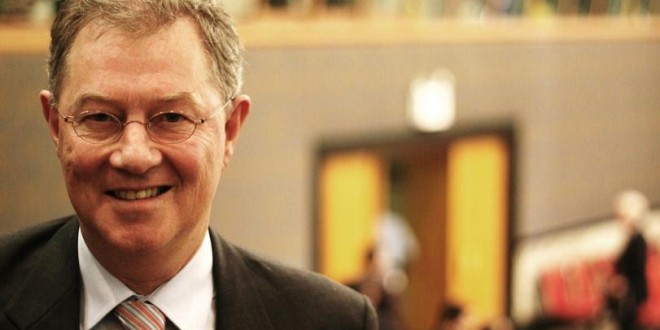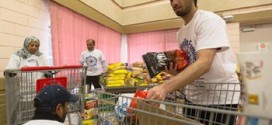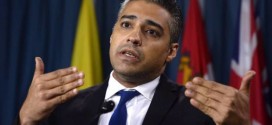
Robert Serry, the U.N. Mideast envoy.
UN willing to regulate construction material to be sent to Gaza
The United Nations on Monday said that it was ready to check its imports on construction material sent to Gaza to ease Israeli concerns that the supplies would be used to rebuild Hamas’ tunnels.
Robert Serry, the U.N. Mideast envoy, told the UN Security Council that the reconstruction of the Palestinian enclave remained the biggest priority once a permanent peace deal is reached between Israel and Hamas.
“Construction material must be allowed into Gaza to this effect — aggregate, bar and cement. And their access to Gaza must be facilitated in such a way that fulfills Israel’s security concerns. The United Nations stands ready to lend its support in this regard”, he said.
Negotiations on the reconstruction of Gaza are widely expected to run into objections from Israel, which has severely curtailed the influx of supplies as a part of its eight-year-blockade of Gaza. Israeli officials feel that the material will be diverted by Hamas for the reconstructions of tunnels, which will be used for bringing weapons into the Palestinian enclave and send fighters across to Israel and stage attacks.
According to Serry, around 16,800 housing units were either severely damaged or have been destroyed in the clashes which erupted on July 8th, with damage to property in the Palestinian enclave three times more than during the 2008-2009 conflict.
Serry also said that UN monitoring could be agreed upon before the major donor conference raises funds for reconstruction.
The UN Security Council discussed the Gaza situation only a few hours before the truce deal between Hamas and Israel was extended for one more day. Before the extension, Serry also said that both sides should “at the very least” aim to agree on extending the temporary truce.
Meanwhile, Israel’s Ambassador Ron Prosor accused the UN of bias, saying “Have you wondered where the U.N. gets its casualty figures from? I’ll tell you where – from Hamas”.
U.N. spokesman Stephane Dujarric rejected Prosor’s claim, and said that the figures come from the UN Human Rights Commission, which had sourced them from several non-governmental organizations.
 The Arab Democrat The Latest From The Arab World
The Arab Democrat The Latest From The Arab World





